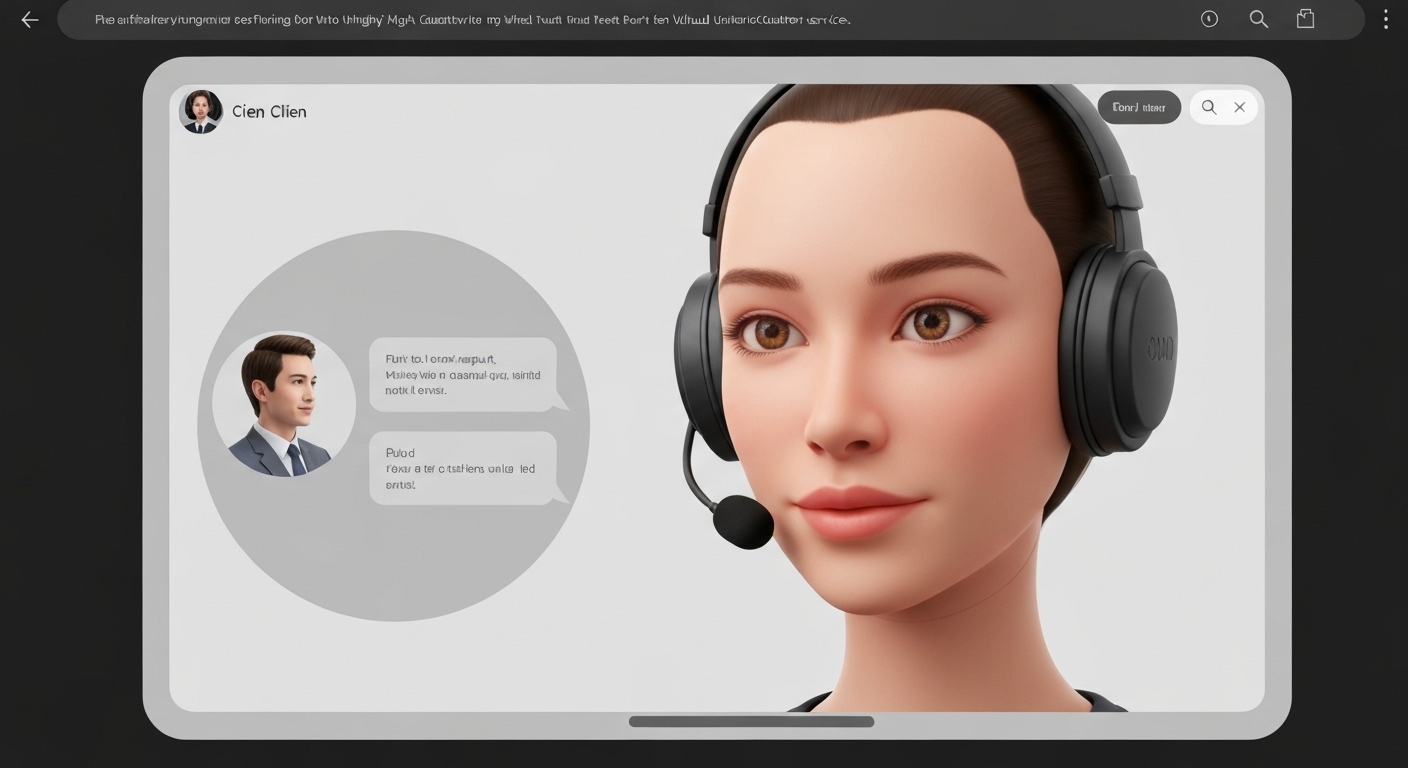Candidate screening is one of the most critical steps in the hiring process. It's also one of the most challenging. Recruiters often face large volumes of applicants, tight timelines, and pressure to fill roles quickly without compromising on quality. With hiring becoming more competitive than ever, efficient and effective candidate screening is no longer optional—it’s a strategic advantage.
Modern screening methods, especially those powered by artificial intelligence, are transforming how companies identify the best-fit candidates early in the funnel. From automated resume analysis to real-time AI interviews, today’s tools make it possible to streamline workflows, reduce bias, and uncover talent that traditional processes might miss.
What is Candidate Screening?
Candidate screening is the process of evaluating job applicants to determine who should advance to the next stage of the hiring process. It typically includes reviewing resumes, conducting initial interviews, assessing qualifications, and ensuring alignment with the role’s requirements.
In traditional settings, screening is often manual—recruiters read through resumes, schedule phone calls, and make early judgments based on limited data. This process is time-consuming, inconsistent, and vulnerable to unconscious bias.
Modern Challenges in Candidate Screening
- High application volume: Job postings attract hundreds or even thousands of applicants, especially for remote or entry-level positions.
- Short hiring timelines: Businesses need to move quickly to secure top talent.
- Hidden talent: Nontraditional candidates or those with transferable skills are often overlooked by keyword-based filters.
- Bias: Subjective decisions in early screening can lead to missed opportunities and diversity gaps.
These challenges make it clear: traditional screening alone isn’t enough.
Smarter Screening with AI and Automation
Technology is redefining what’s possible in candidate screening. Platforms like NTRVSTA integrate artificial intelligence to automate and enrich the process.
Here’s how:
- AI resume screening: Automatically scores and ranks resumes based on job criteria.
- Automated interviews: Candidates complete interviews with AI avatars that adapt in real time and assess communication, problem-solving, and confidence.
- Soft skills analysis: AI evaluates traits like clarity, empathy, and leadership potential that don’t show up on resumes.
- Real-time reports and rankings: Recruiters receive structured summaries, scorecards, and video highlights to make fast, informed decisions.
- ATS integration: Results flow directly into your existing applicant tracking system.
These tools improve recruiter efficiency and reduce the workload involved in high-volume screening, allowing teams to focus on the best-fit candidates.
Benefits of Modern Candidate Screening
- Speed: Automate resume reviews and first-round interviews to reduce time-to-hire.
- Fairness: Apply consistent criteria to every applicant, helping reduce bias.
- Scalability: Handle hundreds or thousands of applications without sacrificing quality.
- Insight: Get deeper, data-backed views into each candidate’s potential beyond just qualifications.
- Candidate experience: Offer flexible, self-paced interviews that respect applicants’ time and schedules.
Use Cases Across Industries
Candidate screening tools like NTRVSTA are especially useful for:
- Tech roles: Automating technical and system design evaluations.
- Customer-facing roles: Assessing communication and interpersonal skills.
- Remote hiring: Conducting consistent interviews across time zones.
- High-volume recruiting: Quickly narrowing large applicant pools.
- Diversity and inclusion: Minimizing bias and surfacing underrepresented talent.
Conclusion
Effective candidate screening is the foundation of a successful hiring process. As roles become more complex and applicant pools grow, recruiters need smarter tools to evaluate talent at scale. By embracing AI-powered platforms and automation, companies can make faster, fairer, and more accurate hiring decisions—while giving candidates a modern, respectful experience from the very first step.













